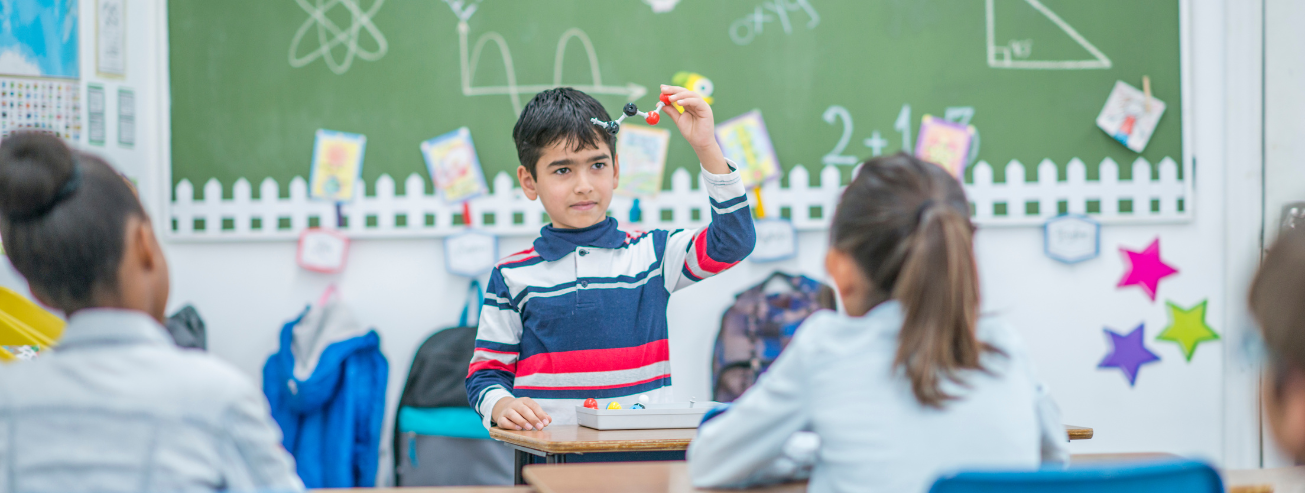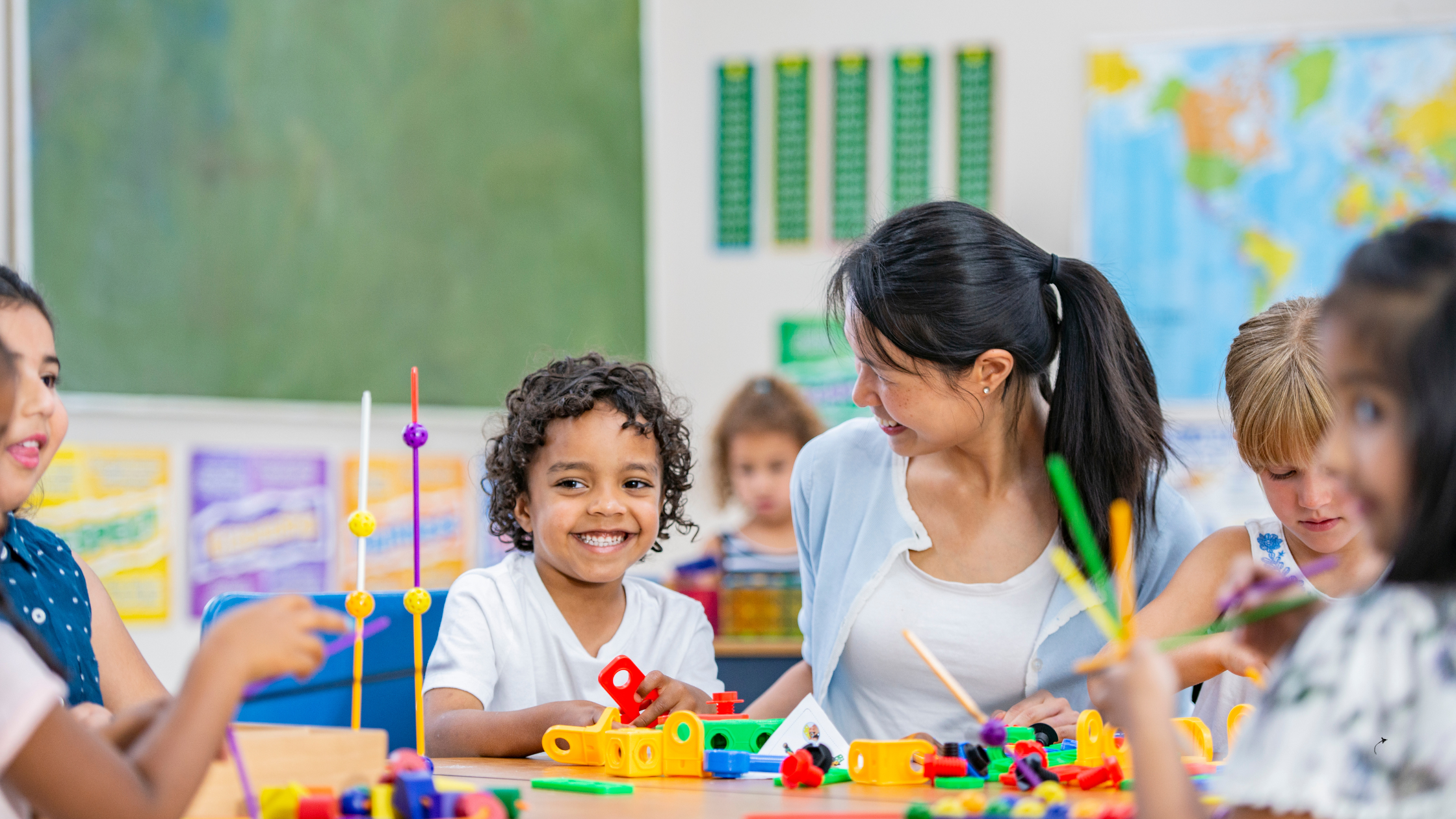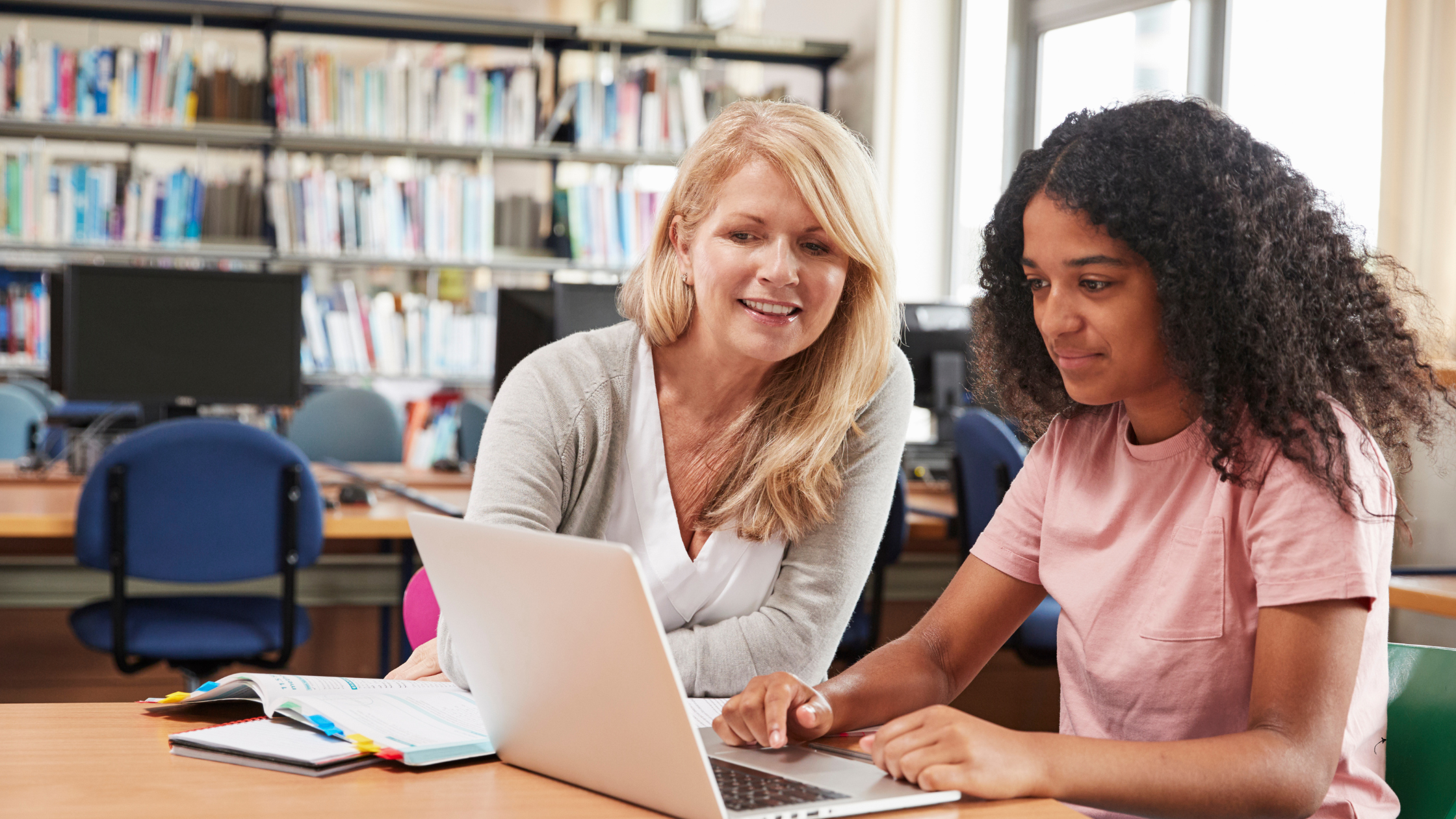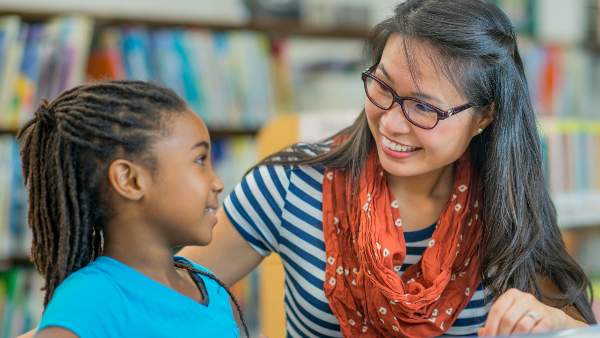With four kids, mornings at my house used to be chaotic (okay, to be honest, more chaotic than they are now!). My husband Lon and I would rush around to make a la carte breakfasts for everyone. But no matter how hard we tried, the kids often said, "I'm not in the mood for that today." Legit - once, after a week of eating strawberry yogurt with granola, I tried to beat my daughter to the punch and pre-make the parfait only to be told, “I don’t like yogurt anymore…”
It wasn’t working, and then we recognized that we were doing things for our kids that they were totally capable of doing themselves. New plan! We taught them how to make their own breakfasts. Suddenly, there was less complaining, we got to sleep a little later and even sipped our coffee while it was hot (miracle!). This simple change made a huge difference in our mornings, sanity, and kids' sense of independence. We can make these same changes, shifting responsibility from the teachers to our students in our learning environments.
A student-led classroom happens when teachers transfer some of the power of design, decision-making, and collaboration to the learners (a nod to we are doing waaaayyy too much for students that they can do for themselves). Not only does this create more balance for educators and more ownership for students but the National Education Association (NEA) argues that student-led learning also fosters greater engagement, motivation, and academic outcomes. So, the question is, how can you begin to make these shifts?
To build a more student-led classroom, consider starting with a few key strategies.
Step One: Put Your Students in the Driving Seat
UDL is all about firm goals and flexible means, so the first step is to articulate the firm goals and the success criteria. UDL is not about students going rogue - it’s about making responsible choices as they work toward goals. Just like I don’t want my kids eating Twix bars every morning for breakfast, you also don’t want students taking the easy route! But after you share the goal, start to shift!! Give your students the keys and put them in the driver's seat, ask students to come up with two or three ideas for how they can achieve these goals. This gives them a voice and encourages them to think critically about their learning process. For example, if the goal is to explain their understanding of a key concept, they may write their understanding, create a short video, or make a multimedia presentation. If they have to write, they may choose the prompt they address, the graphic organizer or outline they use, and/or the transformation tech tools that will support them. Regardless of the options, ensure that all pathways lead to the same goal and can be assessed on the same rubric. You are assessing mastery of standards, not the exact product.
Step Two: Shift from Teacher-Led Instruction to Jigsaw Teaching
In a jigsaw classroom, students become experts on a particular topic and then teach it to their peers while you, as the teacher, observe, check in with small groups, and provide action-oriented feedback. For example, imagine a science teacher who wants students to construct an explanation based on evidence for how the occurrence of natural hazards has influenced human activity. Instead of teaching students about four types of natural hazards, you can create groups of students who draft questions, create roles within the group, learn about one type of natural hazard, and develop an engaging lesson to share with their classmates. Next, you can regroup students so each group has someone who is an expert in each type of natural hazard. This way, they can teach each other while you observe and provide formative feedback and targeted instruction when necessary. This method promotes collaboration, communication, and a deeper understanding of the material.
In a jigsaw, a teacher can chunk instruction into four parts. There may be four sections in a chapter, four chapters in a text, four math problems, four vocabulary words, four steps in a process, or four stretches to learn in a physical education class. It’s a great way to relieve pressure from the teacher to cover content via lecture or direct instruction and to cover more ground in a shorter period of time.
Step Three: Empower Students to Prepare Their Own Study Plans
Gone are the days of late-night cramming, pulling together study materials before a big test. Instead of providing all the preparation materials for students to prepare for an in-class assessment of standardized assessment (AP time!), allow students to create their own review guides, flashcards, or practice tests. This has never been easier with tools like Gemini and KhanMigo, Khan Academy’s app. This empowers them to take charge of their learning and identify the areas where they need the most practice. Once they have created their guides, they can trade review activities with each other while you pull small groups or individual students for side-by-side assessments.
Step Four: Elevate Student Voice
If you’re working in secondary education, you could have more than 100 students, and, therefore 100 families to engage with, which makes personalized connection challenging. Worry not! Instead of feeling the pressure to send out personalized updates to every family, shift communication responsibilities to students. Encourage them to update their parents/grown-ups weekly or monthly using their preferred communication style, whether email, a video message, or a presentation. This helps students develop their communication skills and fosters a sense of accountability. This reflection can also serve as a formative assessment in the classroom, providing valuable insights into their learning progress and areas for improvement. Just think: once a month, you carve out time for students to craft updates and connect with their grown-ups. All you need to do is send out a reminder to parents to keep their eyes open for an amazing update from their child! As a Momma of 4, I would LOVE to hear from my sweet babies.
Building a more student-led classroom doesn’t have to be a heavy lift! Instead think about shifting toward practices that allow you to share firm goals, encourage student input, and shift various responsibilities to students. These changes can increase student engagement, responsibility, and success and maybe you, too, can sip your coffee while it’s hot!
________
Struggling with Burnout? Schools can make the shift towards implementing Universal Design for Learning and blended learning practices, freeing teachers from the “sage on the stage” role and placing students at the center of their learning. Contact us to discuss how we can help.








